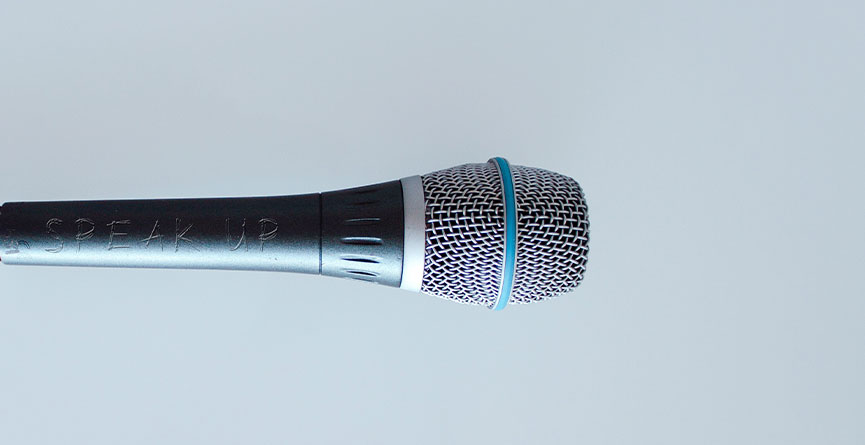
Leverage the Psychology of Language – Ideas to Power-up Your Marketing!
#1 – Speak to the “Positive”
When someone is looking to invest in a product or service, they want to feel good about their decision. Does your marketing language play up your positives? People want solutions, value and results. Fill your marketing material with positive language that inspires and empowers your customer. By using positive language, your client will be motivated and in a mindset to make positive changes (also making it easier for you to make money honey)!
#2 – Answer “What do I get?” Clearly
People want to understand clearly and easily “What do I get?” and “What can you do for me?” Know what you can give them, how you can help them and OWN IT by communicating this clearly throughout your marketing messaging. People want to get the most out of their money. Spell out what the customer gets and communicate value! Adhering to the client’s wants and telling them where you come in now will help get you the revenue you need to succeed.

It’s easier to pop eat sweet cookies into your mouth vs. chewing on a raw kale salad, right? (No vegans or organictarians were harmed in the writing of this blog post). I use this analogy as a way to tough-love clients into visualizing how more mindful messaging gets gobbled up by customers. Whether you are on a gluten-free, sugar-free diet or not, know that your marketing language needs to be more cookie vs. kale salad – sweet to chew, swallow and digest.
EXAMPLE:
Raw kale salad version: “I help people embrace their effervescence” (People think “Uh, whhhhhatttt?” or “You lost me” Too much to chew, swallow…and forget digesting!)
Cookie version: “I help people accelerate their self improvement process…” (People say “ooh really?” That sounds appetizing) then their hand might gladly go back into the cookie jar for another listening helping and messaging can continue with “…by helping them better understand and overcome their personal and professional challenges using a powerful psychological method.” People are more likely to get it and think YUM, I want some of that speedy self-improvement (if your target audience is wanting this kind of service)
#4 – Save the “behind the scenes” talk for AFTER you close the sale.
When it comes to talking to clients, especially in the service industry, start with on stage language and save all the techy, special effects, over-explaining, super-smartypants behind the curtain language for later. Potential clients first want and need to hear the on stage language— positive words, benefits of working with you, great testimonials, etc. Once they become a client, that is where the behind the curtain language comes in. The truth is, your prospective clients are reaching out to you because they have a problem, a certain need. They want to enjoy working with you and often do not know what they don’t know – getting too behind the scenes can overwhelm them. Positive, on stage language is so important.
EXAMPLE:
When I started Web Marketing Therapy, I talked too much about the behind the scenes/behind the curtain details of what we did, oozing my Master’s business marketing jargon and it was “too much, too early”. People want the easy to chew on things like “a new website” or “better search visibility” or “help with social media”…all clear “what do I get’s”. While I work a ton on helping people elevate their credibility and positioning and do a lot of psychological work in the process, that is not the client’s goal – they just want to GET better. So I keep my message initially to on stage simple speak – I talk in digestible language about what we do and what we do to help, but I don’t totally geek out on how we do this until we are actually engaged….our clients actually learn while being led by my team and I during the experience.
It’s not easy to look hard at your marketing material and break it down to get it better, but when you do, oooooh the breakthroughs you will have!
Happy, healthy marketing to y’all!
Virtual marketing hugs,

